Here’s a bonus list to fill out the final week of May 2018. We’re a car-trip family (I’m even publishing this post while planning a multi-city, in-state trip for us and our minivan!), so it probably comes as no surprise that we’ve bought more than a few picture books about vehicles, road trips, and traveling in general.
So here’s a list of PBs on those very topics.
Since we all pretty much know a few obvious ones—Richard Scarry’s Cars and Trucks and Things that Go, Dr. Seuss’ Oh, the Places You’ll Go! and Kate and Jim McMullan’s I Stink!, to name just three Biggies—the goal of this list is to offer up some quality but perhaps less familiar choices.
The Adventures of Taxi Dog by Debra and Sal Barracca (illustrated by Mark Buehner)
The funny rhyming story of Maxi, a stray dog, who’s found in a park by Jim the taxi driver. Why does Jim start receiving such big tips once Maxi starts riding along? A review by two young children (ages 8 and 9) at Spaghetti Book Club says: “We recommend this book because it is funny and the illustrations are colorful and full of detail. When the dog puts on his shows, the pictures make us feel like we are the passengers, with Maxi putting on the show for us.”
When Daddy’s Truck Picks Me Up by Jana Novotny Hunter (illustrated by Carol Thompson)
The rhyming story about a young boy who imagines the moment his father is going to arrive at school—from very far away—to pick him up in a tanker truck. A Kirkus review says: “The day crawls by even though he enjoys himself playing games and painting pictures. Eagerly anticipating his father’s arrival, the boy imagines Daddy driving toward him, traveling the tunnels, hurrying down a hill, carefully crossing a bridge and maneuvering through traffic.”
Everything I Know about Cars: A Collection of Made-Up Facts, Educated Guesses, and Silly Pictures about Cars, Trucks, and Other Zoomy Things by Tom Lichtenheld
This book shares a host of information that’s “100% fact-free,” but a lot of fun nevertheless. The wacky illustrations are matched by ever wackier info, such as “Some people aren’t satisfied while sitting on their butts; they want to go really fast while sitting on their butts. These people drive hot rods and race cars, which are stinkier and faster than regular cars.”
A Booklist review says “With an eye-catching jacket and a terrific section on how to draw a car, this large-format book has something for everyone (except maybe someone who actually wants to know about cars.)”
Journey by Aaron Becker
An homage to Harold and his purple crayon, Becker’s 2014 Caldecott Honor Book, Journey, tells the wordless story of a lonely girl whose afternoon becomes magical when she draws a door on the wall with red chalk … and walks into a new world. A Common Sense Media review shares: “Bravery, and a little help from the loyal bird, lead her to further adventures a bit closer to home, where she finds she’s not the only one with a magic crayon and an imagination.”
Bug on a Bike by Chris Monroe
A rhyming, read-aloud treat, this book follows Bug on his journey to who knows where? Along the way, he picks up pals like Lizard Mike, Randy the Toad, and more. A Kirkus review states: “As entertaining as the text is, however, it is the illustrations that steal the show. Singularly absurd in their renditions (the lizard wears madras shorts, the snake dons a tubular blouse), the menagerie all nonetheless manage to look determined and earnest as they follow the bug on a bike—who himself has the endearing focused look of a toddler just learning to ride a two-wheeler.”
A non-spoiler: Finding out Bug’s final destination is worth the wait.
Down, Down, Down: A Journey to the Bottom of the Sea by Steve Jenkins
This book—with its wonderful cut-paper illustrations—takes readers on a journey from the surface of the ocean into the deepest sea canyon, showing more than fifty creatures who call the deep waters their home. A Kirkus review states: “Along the way he introduces such oddities as a three-foot comb jelly called a Venus’s girdle, a glowing siphonophore colony and a hairy angler with her parasitic mate. Browsers will be delighted by the variety of species, shown in their appropriate colors although not to scale.”


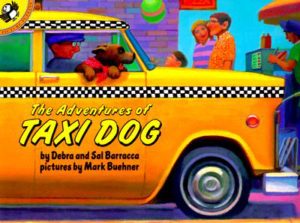
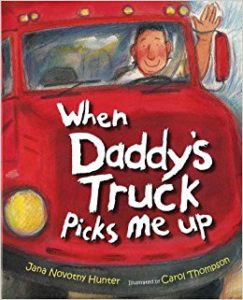
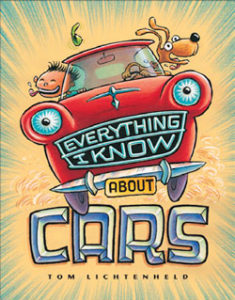
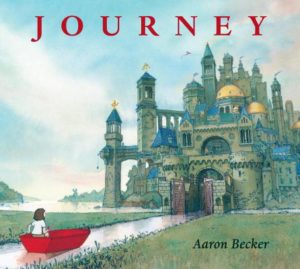
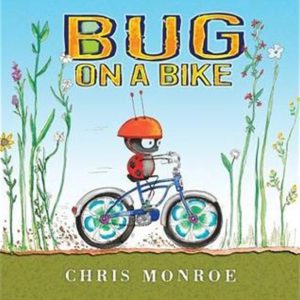
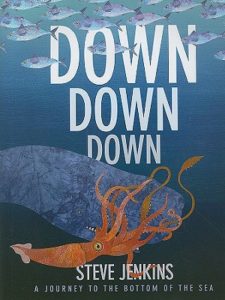


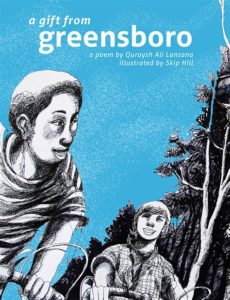
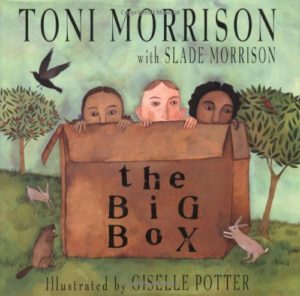


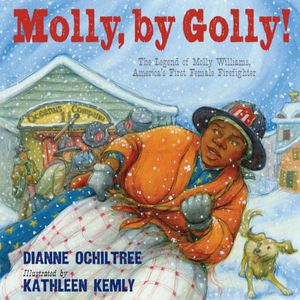
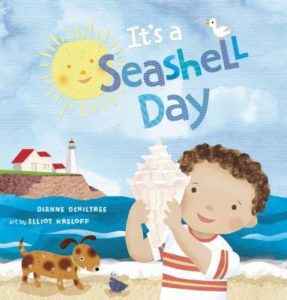
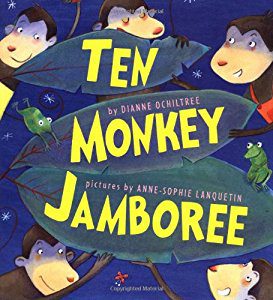
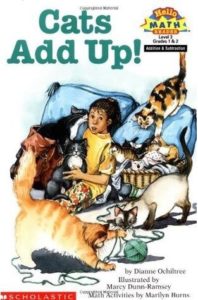
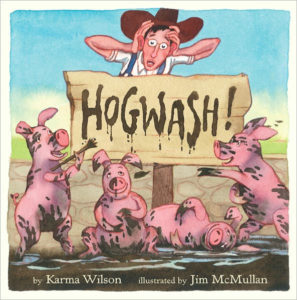
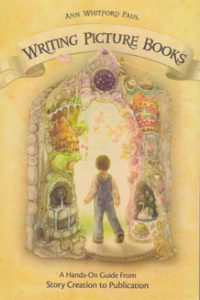

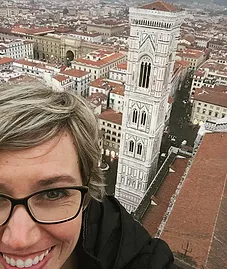 A Professor of Illustration at
A Professor of Illustration at